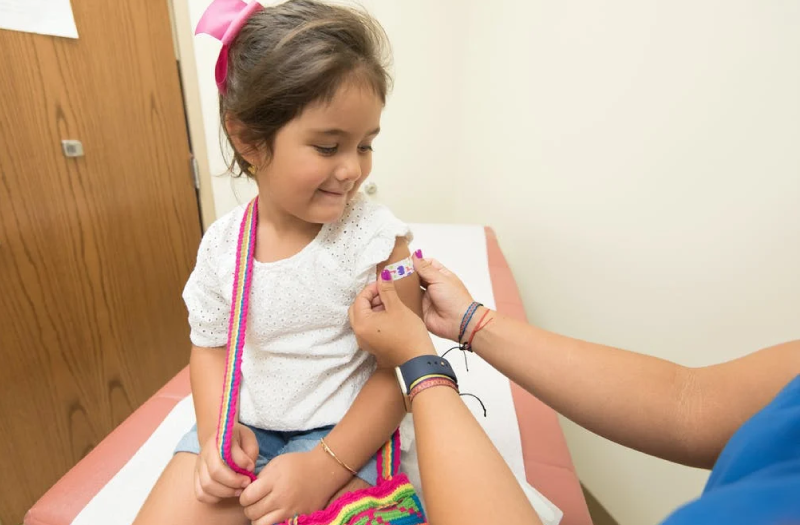Health Care Spending Spiked Nationally in 2020 Due to Federal Funding for Pandemic
January 14, 2022
In 2020, US health care spending saw its fastest increase in nearly 2 decades, largely due to the federal response to the pandemic, according to a new research article.
National health care spending increased by 9.7% in 2020, which was "the fastest rate since 2002," authors noted. The increase totaled $4.1 trillion. By comparison, in 2019, health care spending only increased by 4.3%.
Additionally, a larger portion (19.7%) of the national economy went toward health care spending than in the previous year (17.6%).
The federal government spent 36% more on health care in 2020, compared to the 5.9% increase recorded in 2019. The increase was attributed to helping providers that lost revenue due to lower utilization, funding state Medicaid programs, and bolstering public health activity.
Contributing to this spending were a number of pieces of federal legislation, authors noted, including the Coronavirus Preparedness and Response Supplemental Appropriations Act of 2020, the Families First Coronavirus Response Act of 2020; the Coronavirus Aid, Relief, And Economic Security Act of 2020, the Paycheck Protection Program and Health Care Enhancement Act of 2020, and the Coronavirus Response and Relief Supplemental Appropriations Act of 2021.
The spike in federal spending "led to an increase in the federal government's share of all national health expenditures (36% in 2020 compared with 29% in 2019), as the other sponsors of health care (state and local governments, households, and businesses) all paid for a smaller share in 2020 than in 2019," authors noted.
By contrast, the increase in health spending by consumers paying through insurance or out-of-pocket dropped from 4.3% in 2019 to 1.9% in 2020, due to lower utilization. Spending through insurance was associated with a 3% increase, down from the 4.3% increase in 2019. Out-of-pocket spending, by comparison, declined by 3.7% in 2020, which the authors attributed to a lower number of uninsured people in addition to the decrease in utilization.
There was a 1.9% decrease in the number of uninsured people in 2020. Enrollment in private health insurance fell by 1.7 million (.8%), and employer-sponsored coverage saw a 2.3 million decrease, "largely due to job losses," authors noted.
The number of people enrolling in plans through the ACA Marketplace increased, however, by .6 million. Medicaid enrollment increased by about 3.7 million (5.1%) after a slight decline in the previous 2 years.
Medicare enrollment, on the other hand, dropped slightly, with a 2.1% increase in 2020 compared to 2.6% in 2019.
"The deceleration was driven in part by increased mortality in the population age sixty-five and older on account of the pandemic," authors wrote. "COVID-19 had a disproportionate impact on Medicare beneficiaries, as people ages sixty-five and older constituted 14% of all COVID-19 cases but 80% of all COVID-19-related deaths (through the first half of 2021)."
Total health care expenditures were broken down into the following:
- 28% on private health insurance spending;
- 20% on physician and clinical services;
- 20% on Medicare;
- 16% on Medicaid; and
- 8% on retail prescription drugs.
The pandemic also caused a 2.2% decrease in gross domestic product, which was the largest drop the United States has seen since 1938, according to the findings.
"Although the specific impact of the pandemic on health expenditures in 2021 is still unknown because of incomplete data, there will likely be notable effects from the widespread vaccination efforts that began in the spring of 2021 and from the emergence of the Delta variant in the summer of 2021, including the variant's influence on cases and hospitalizations," authors concluded.
"We do know, however, that the story that unfolded in 2020 and continues today is unlike anything that has happened in the past 100 years."
Reference:
Hartman M, Martin AB, Washington B, Catlin A, The National Health Expenditure Accounts Team. National health care spending in 2020: growth driven by federal spending in response to the COVID-19 pandemic. 2021;41(1). doi:10.1377/hlthaff.2021.01763
SOURCE:







